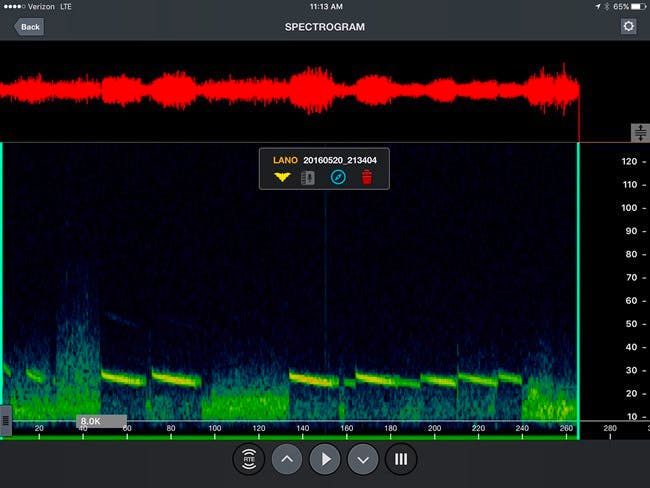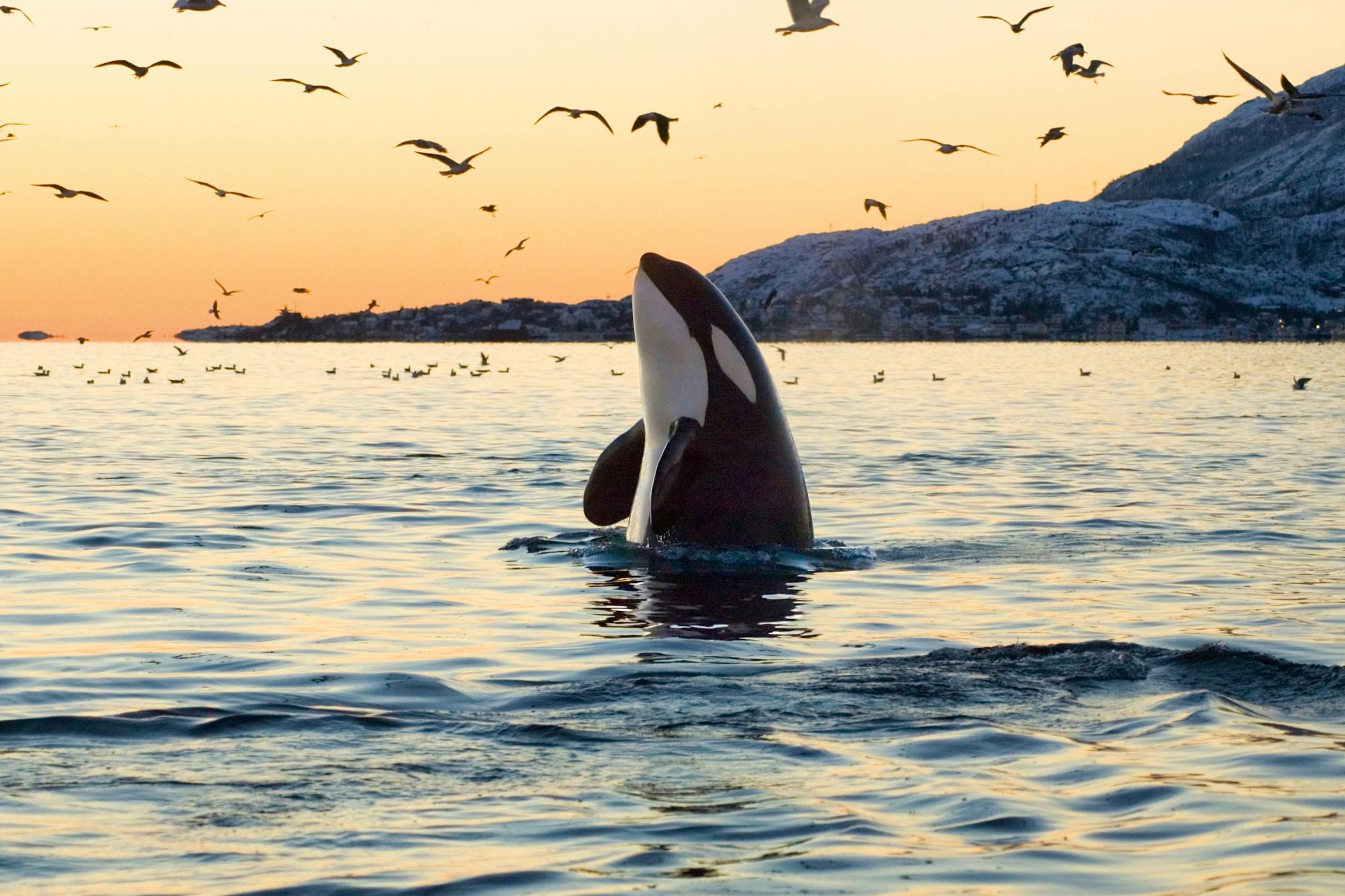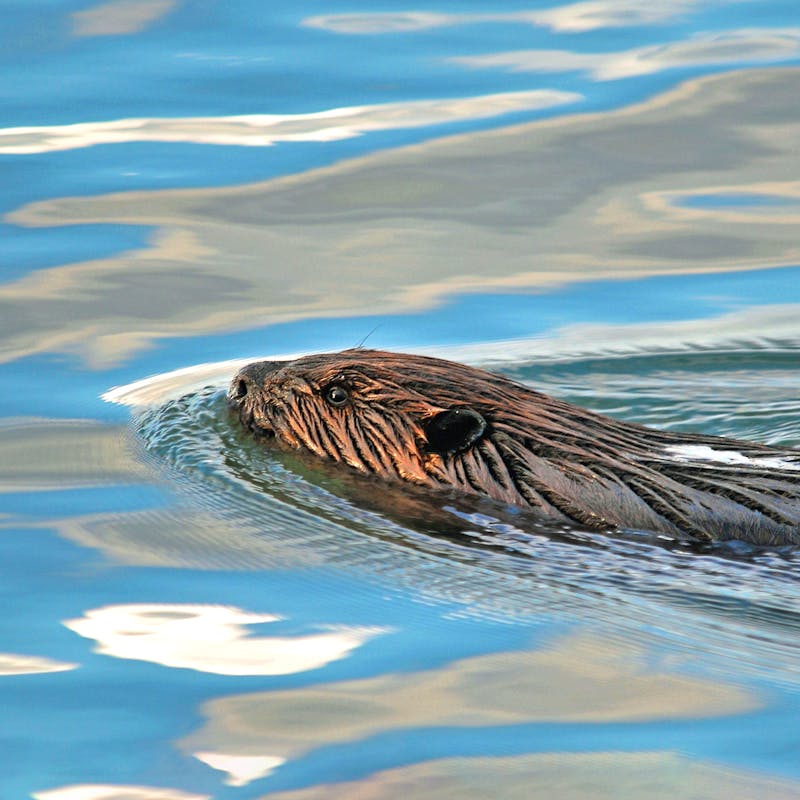To solve some of the greatest conservation challenges for wildlife, sometimes all we need to do is listen.
Sound is a type of data that is increasingly being used by scientists to help conserve wildlife and wild places in a remote, inexpensive, and non-invasive way. The field of ecoacoustics studies soundscapes and relationships in ecological processes and environments. Soundscapes consist of anthrophony (sounds created by humans), biophony (sounds emitted by living organisms like animals), and geophony (sounds produced by natural events like rain, wind, and waves). Bioacoustics is a related field that focuses on animal behavior, like cues created by species and individuals. Both ecoacoustics and bioacoustics are emerging fields in conservation that enable scientists to locate and collect knowledge on the most cryptic of creatures in a broad range of ecosystems. We’re keeping our ears to the ground for areas that are loud with biodiversity and behaviors that can be recorded, played back, and analyzed to better monitor and manage species, track ecosystem health, and assess human impacts.
Since September, I’ve been working in the Center for Conservation and Innovation (CCI) as a Conservation Science Intern. In this role, I’m providing science support to Defenders and help track down the best available information on a species or topic. Prior to joining Defenders, my undergraduate research at Florida Atlantic University had me collecting and analyzing bioacoustic data of courtship behaviors and communication systems in songbirds. Through my research knowledge and a new conservation perspective, I’ve learned acoustics can also play a strong role in conserving wildlife.
Using acoustic sensors, scientists can track and identify changes in land use, and species’ presence, activity, or vocal behavior. We can use this information to reveal and analyze species’ responses to climate change, invasion by exotic species, or human impacts like habitat loss and fragmentation, noise pollution, and roads. This material can also help managers improve conservation plans by integrating a more adaptive and effective approach. Acoustics can also be a useful law enforcement tool for increasing institutional accountability and detecting illegal poaching and deforestation.
Animals we need to keep an ear out for:
Many amphibians are vocally active, making them great candidates for acoustic data collection. In some cases, sounds have been used to ensure the survival of species. After the mountain yellow-legged frog was listed as endangered on the Endangered Species Act (ESA) in 2002, scientists investigated the species’ taxonomy in 2007. Although these frogs lack vocal sacs, they produce land and underwater vocalizations to communicate. Scientists used these acoustic data to discover two distinct species, the mountain yellow-legged frog (Rana muscosa) and the Sierra Nevada yellow-legged frog (Rana sierra). The two species were then listed separately to receive proper protections under the ESA.
Bats are famous for their use of echolocation to navigate, hunt, and socialize. Identifying and tallying species is more important than ever for bats, as their populations face a range of threats, including white-nose syndrome and collisions with wind turbines. Fortunately, scientists are finding that using acoustic sampling throughout the night can help study and monitor bat communities with a higher detection probability than traditional mist netting methods (using nets to capture and then release individuals), which can also stress the animals during handling. The United States Geological Survey (USGS) currently monitors North American bat populations by incorporating acoustic research in a collaborative program known as NABat. Acoustic data is also paving the way for new approaches to limit wind turbine fatalities by determining when the highest risk times for bat-turbine collisions are (based on the wind speeds, temperatures, and times that bats are most active), and developing technologies that emit ultrasonic waves, which can effectively deter bats from approaching wind farms.


Acoustic monitoring is a popular strategy for many bird species. Bald eagles, our national bird and a symbol of successful conservation, can benefit from acoustic data collection to help monitor their recovery. Scientists can use acoustics to identify the individual calls of breeding bald eagles, revealing the size and stability of populations. The greater sage-grouse and Gunnison sage-grouse, both charismatic indicator species, make noises as males group together in leks to attract females. Unfortunately, these species are threatened by habitat loss and fragmentation from mining operations and other noisy developments. Acoustic devices allow us to monitor, evaluate, and then minimize the interference that environmental noise has on these birds’ unique reproductive behavior, since breeding females can suffer from detrimentally elevated stress levels and males’ mating vocalizations can be masked.
Beavers are important species in the fight for habitat restoration. They are ecosystem engineers and keystone species that create ideal conditions in ponds and streams for many imperiled species, like amphibians, reptiles, and fish like salmon and steelhead. Beavers are prominently known for the loud slap of their tails on the water surface as a warning signal of any habitat disturbance to other beavers. Since the tail slaps of younger beavers sound different due to their tail's size and shape, monitoring these slapping sounds, as well as other vocal behavior, can provide information on their habitat condition, and population size and age distribution.
In addition to monitoring, acoustic devices are powerful tools for reducing human impacts on marine mammals, like the Cook Inlet beluga whale, North Atlantic right whale, and vaquita. These highly endangered species are threatened by a variety of anthropogenic factors, like entanglement in fishing gear and ship strikes, but also noise pollution from seismic operations. In addition to these major threats, habitat pollution and noise pollution from ship traffic are hazardous for these imperiled marine mammals and the southern resident orca. Acoustic data can be used to locate and protect marine mammals by preventing noisy development from overlapping in their habitats. Acoustic systems are also being explored as a tool to detect whales, and other threats, to prevent vessel collisions in real time. These systems would alert the operator automatically, provide information on the position, speed, and trajectory of the whale, or threat, and allow the ship to respond before possible contact.



In many areas, coral reefs are likely to disappear by the end of this century as a result of climate change and increased CO2 levels. Supporting diverse communities of marine life, corals provide a number of significant ecosystem services that also benefit people and our economies. Coral degradation can be counteracted by attracting and maintaining healthy fish communities, but damaged reefs sound and smell unappealing to settling marine life. Acoustic enrichment can be used to make reefs sound healthy and have shown promising results in attracting and rebuilding fish communities to accelerate ecosystem recovery efforts.
At CCI, we work at the intersection of science, policy, and technology to innovate solutions for conservation challenges facing imperiled species in North America. Acoustics are an up-and-coming tool we are tracking that enhances the way conservationists monitor, recover, and coexist with species in the wild, and measure and evaluate the effectiveness of these efforts. Currently, acoustic science is limited by the availability of methods and technologies to handle and process large amounts of sound data. These are the kinds of gaps in science and technology that CCI identifies and tackles by evolving algorithms and software from collaborations with agencies, managers, ecologists, data scientists, and programmers, that could one day improve the world of acoustics. Nature itself holds the answers for conserving wildlife and their sounds, and we’re listening.











